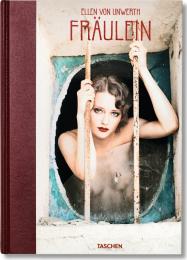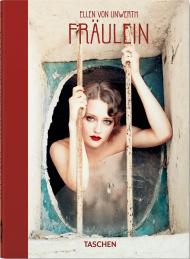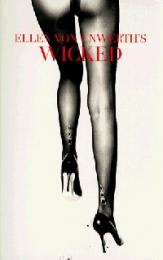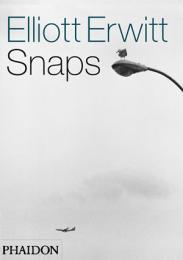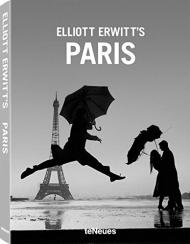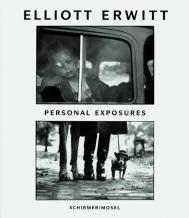Эллен фон Унверт. Девушка. Подарочное издание, лимитированная серия 1500 пронумерованных копий, каждая с автографом фотографа.
Эллен фон Унверт была супермоделью до того как стала фотографом, поэтому она знает секрет или парочку о съемках красивых девушек. Сейчас будучи одним из самых уникальных и успешных фэшн-фотографов, она отдает дань уважения красоте самых восхитительных девушек мира в новой книге Fräulein. Это герои светских хроник, знаменитости нашей эры сексуальности такие как Клаудиа Шиффер, Кейт Мосс, Ванесса Паради, Бритни Спирс, Ева Мендес, Линдсей Лохан, Дита фон Тиз, Адриана Лима, Карла Бруни, Эва Грин, Кристина Агилера, Моника Белуччи и многие другие. Настоящая изюминка для коллекционеров: переключаясь без напряжения между цветными и черно-белыми работы фон Унверт доставляют наслаждение сексуальной интригой, женственности, романтикой, фетишизмом, юмором в стиле китч, декадансом и абсолютной радостью жизни. Без одежды или в неглиже ее персонажи всегда из сказки. Несколько ярких фантазий: и некоторые думают, что мы подглядываем в секретную вселенную. Мода и фантазия еще никогда не были так очаровательны вместе. Все изображения были сделаны в последние 15 лет и многие из них опубликованы впервые.
------------------------------------
Ellen von Unwerth was a supermodel before the term was invented, so she knows a thing or two about photographing beautiful women. Now one of the world’s most original and successful fashion photographers, she pays homage to the world‘s most delectable females in Fräulein. This celebration of our era’s sexiest female icons includes Claudia Schiffer, Kate Moss, Vanessa Paradis, Britney Spears, Eva Mendes, Lindsay Lohan, Dita von Teese, Adriana Lima, Carla Bruni, Eva Green, Christina Aguilera, Monica Bellucci and dozens more.
An instant collector‘s item: Switching effortlessly between color and immaculate black and white, von Unwerth‘s photography revels in sexual intrigue, femininity, romance, fetishism, kitsch humor, decadence and sheer joie de vivre. Whether nude or in lingerie and a dazzling smile, her subjects are never objectified. Some flaunt personal fantasies; others are guarded, suggesting that we have stumbled into a secret world. Fashion and fantasy were never so enchantingly combined. These images were shot over the last 15 years and many are previously unpublished.
About the photographer:
Ellen von Unwerth worked as a top fashion model for 10 years, before taking up the camera and becoming one of the world's most in-demand fashion photographers. Her editorial work has featured in countless magazines, including Vogue, Interview, Vanity Fair and i-D, while her major advertising campaigns include Victoria's Secret, Banana Republic, Guess, Diesel, and Chanel. In 1991 she was awarded first prize at the International Festival of Fashion Photography, and her work was featured in Archaeology of Elegance (2002) and Fashioning Fiction at MoMA/Queens (2004). Her many individual exhibitions include a one woman show at the Hamilton Gallery in London, and her photo-novella Revenge (2003) was accompanied by exhibitions in New York, Paris, Amsterdam, Hamburg, Moscow and Beijing.



